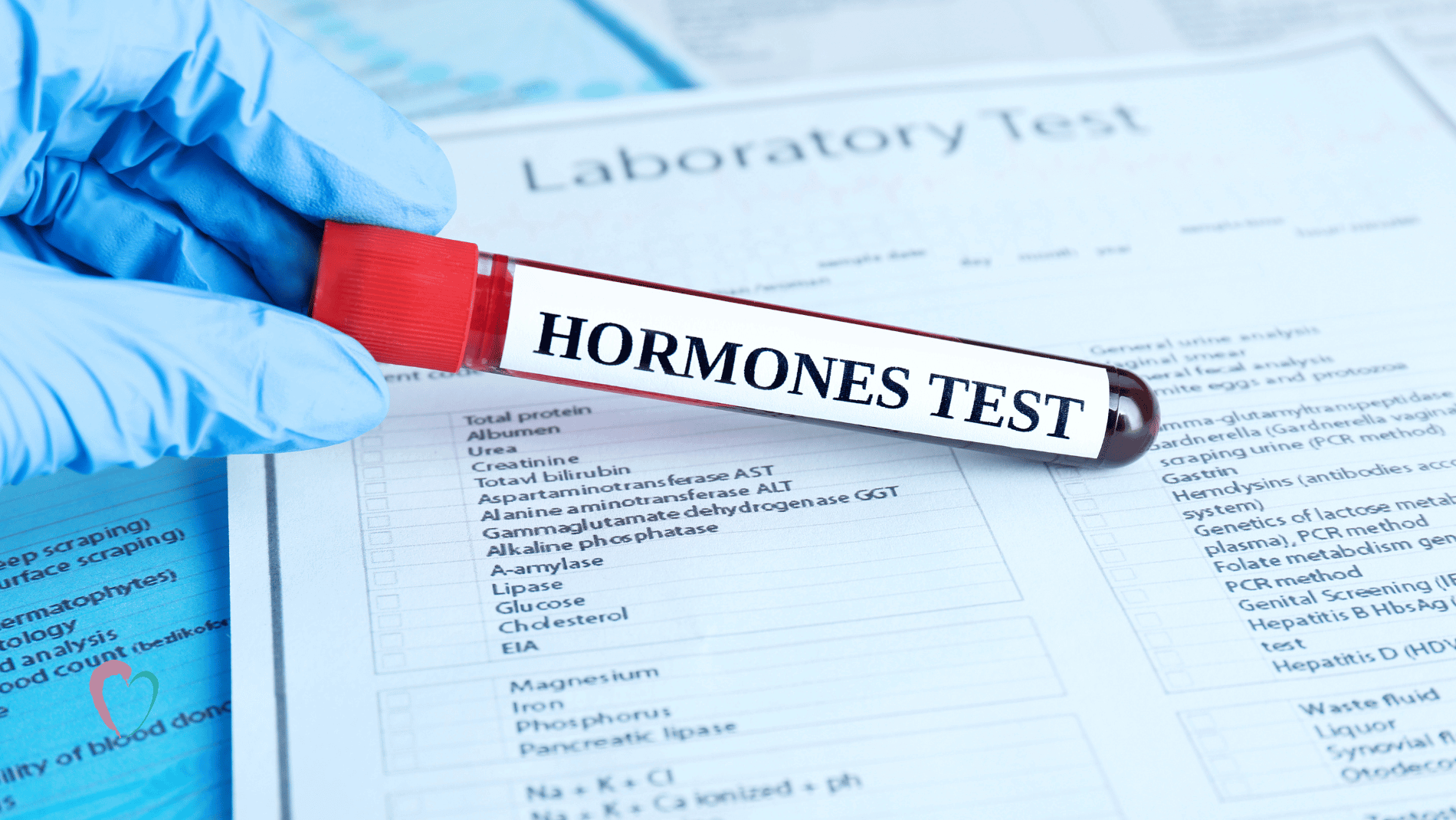
Your energy is low. Sleep feels strange. Your mood shifts without reason. You feel off, but nothing explains it—until someone suggests testing your hormones. Not just one. Not just thyroid.
A hormone panel test doesn’t chase symptoms. It maps the quiet shifts. It reads what your body says without words. And it often finds what routine bloodwork misses.
Because feeling unwell doesn’t always look like illness.
Hormones move together, not in isolation
You’ve checked thyroid before. Maybe cortisol. But hormones move together, not in isolation. Estrogen affects serotonin. Cortisol affects insulin. Testosterone affects sleep.
One imbalance can mimic five other conditions. A panel test reads the system, not the snapshot. It watches the conversation, not just a voice.
And that’s where insight lives.
It measures more than numbers—it reads timing and ratios
You get your results. They’re all in range. But you still feel wrong. It measures more than numbers—it reads timing and ratios. Estrogen might be “normal,” but high relative to progesterone. That’s still imbalance.
Your thyroid may be “functioning,” but if T3 can’t convert, the signal breaks. The body reads rhythm, not just value.
And a full panel lets you hear what your body hears.
It usually includes cortisol, thyroid, estrogen, progesterone, testosterone, DHEA
Not all tests are the same. But it usually includes cortisol, thyroid, estrogen, progesterone, testosterone, DHEA. Together, they form the story. Energy. Focus. Sleep. Mood. Metabolism.
You can’t fix what you don’t see. And guessing costs time.
The panel gives shape to what you’ve been trying to explain.
Testing at the wrong time can blur the picture
You take the test. But your cycle’s off. Testing at the wrong time can blur the picture. Hormones move daily. Monthly. They rise with sun. Drop with stress.
Progesterone must be tested mid-luteal. Cortisol in the morning. Estrogen early in the cycle. Accuracy depends on placement. Not just the test itself.
Details matter. And no symptom should be too vague to check again.
Saliva, blood, and urine each tell a different story
You’re offered a blood test. But saliva, blood, and urine each tell a different story. Blood shows what’s circulating. Saliva shows what’s active. Urine shows what’s leaving.
Some hormones peak in tissue, not blood. Some only show their impact through metabolites.
The best method depends on the question you’re asking.
You can look “normal” and still feel broken
Everything’s in range. But you’re still tired. You can look “normal” and still feel broken. Lab reference ranges are wide. Often outdated. Based on averages, not health.
The panel doesn’t diagnose—it reveals. It shows your unique rhythm, not a general pattern.
And that difference explains what your symptoms couldn’t.
It’s not about finding disease—it’s about finding direction
You expect answers. But it’s not about finding disease—it’s about finding direction. What to support. What to calm. What to observe. Hormones don’t always need fixing. Sometimes they need space. Or rhythm. Or trust.
The panel begins the conversation your body’s been whispering.
And listening often feels like the beginning of healing.
You may need more than one test to understand the shifts
You take one test. But your symptoms move. You may need more than one test to understand the shifts. Hormones change with seasons. With age. With sleep.
Tracking them reveals patterns. And that pattern is more powerful than any single result.
Healing often comes from following the curve—not the spike.
The test helps your body feel believed
You’ve explained your fatigue. Your bloating. Your restlessness. No one hears you. The test helps your body feel believed. It shows proof, not doubt.
And for many, that’s the first time they stop blaming themselves for something they never controlled.
Because imbalance doesn’t need permission to begin.
